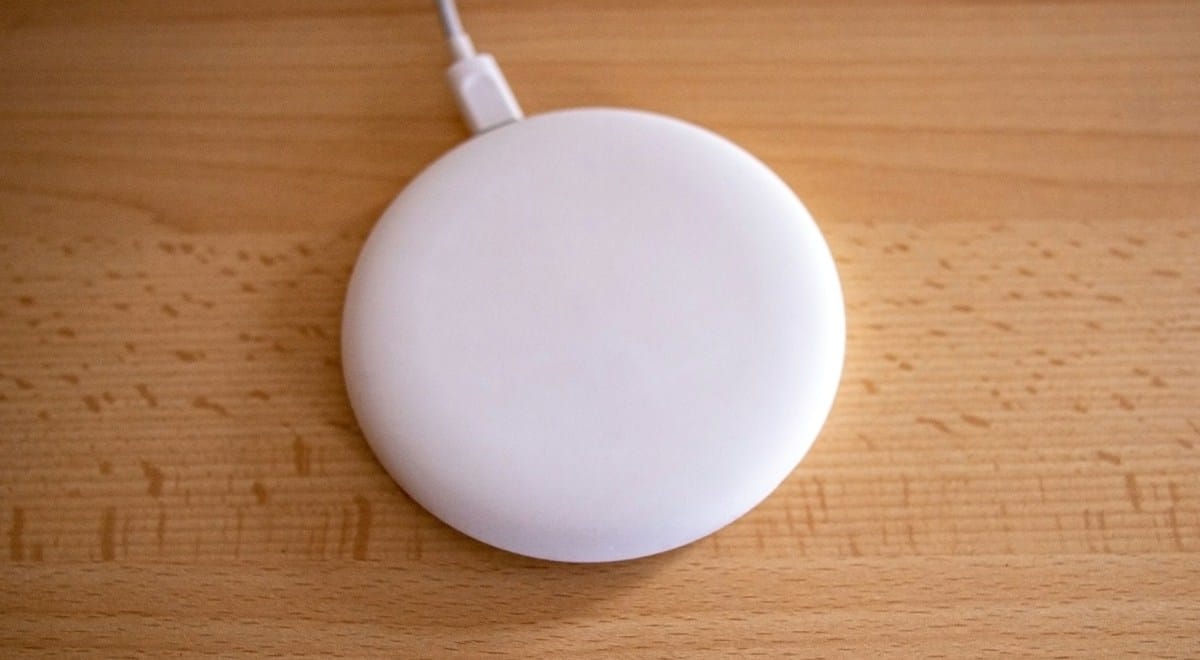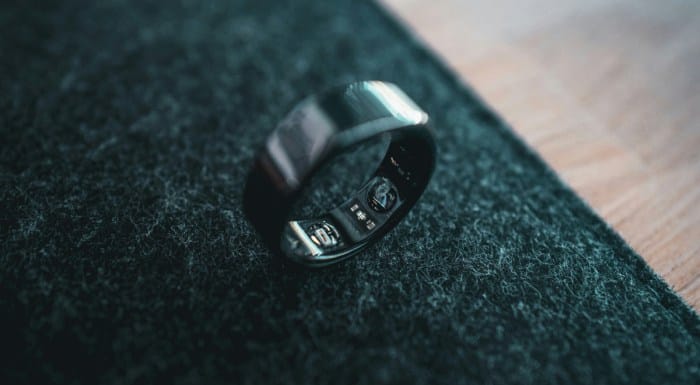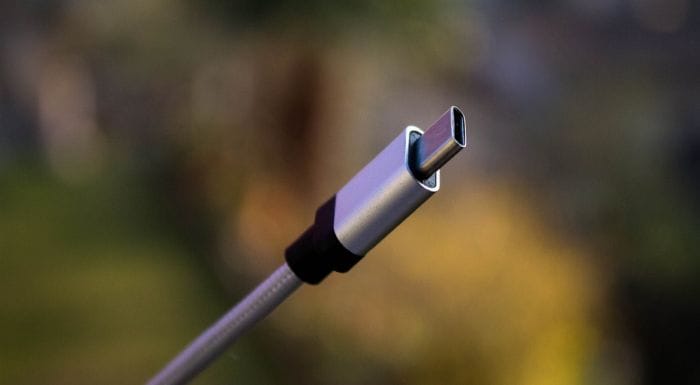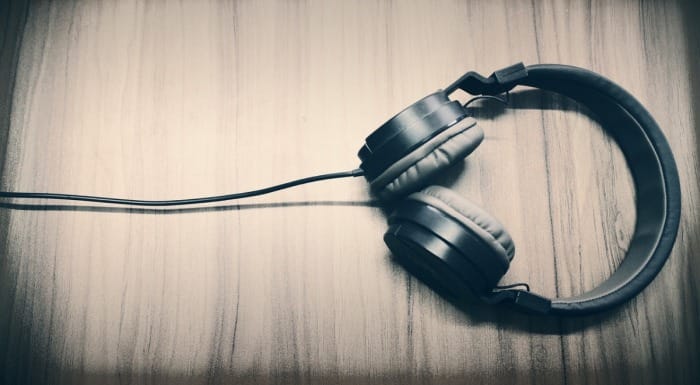
Wireless Charging Explained: How It Works and Its Benefits
Gone are the days when cables ruled your tech life. Wireless computer peripherals led the way by untangling our desks, Bluetooth connections helped keep us cable free, and then wireless charging arrived to further free us from our tech tethers. As more devices adopt this futuristic feature, understanding how wireless charging works and why it’s worth considering has never been more important. In this post, we’ll demystify wireless charging technology, talk about its compatibility with various devices, and offer some tips to make the most out of this convenient technology. Let’s take the mystery out of wire-free charging and explore its potential benefits!
How Does Wireless Charging Work?
Wireless charging is based on a technology called electromagnetic induction. It sounds complex, but it’s quite simple at its core. Essentially, wireless charging uses an electromagnetic field to transfer energy between two objects – usually between a charging pad and your device. This is accomplished through coils of wire: one coil is in the charging pad, which generates an electromagnetic field, and another coil is in your device, which converts that energy back into electrical current to charge the battery.
The most common standard for wireless charging is called Qi (pronounced “chee”), developed by the Wireless Power Consortium. Qi is widely adopted by many smartphone manufacturers, meaning a Qi-compatible charging pad can work across a variety of devices. As long as both your device and charger are Qi-compatible, you’re good to go. Just place your device on the charging pad, and the charging process begins.
The Benefits of Wireless Charging
The benefits of wireless charging go beyond just eliminating cables. Here are some compelling reasons why more and more people are embracing this technology:
- Convenience: Perhaps the biggest benefit of wireless charging is convenience. No need to fiddle with cables or worry about whether you have the correct connector type. Just set your device down on the pad, and it starts charging automatically. This is especially handy if you charge multiple devices, as some charging pads can accommodate more than one item at a time.
- Reduced Wear and Tear: Constantly plugging in and unplugging your phone wears out the charging port over time. With wireless charging, you eliminate that stress on your device’s physical components, potentially extending its longevity. Plus, it can be a lifesaver if your charging port is broken or damaged.
- Clean and Tidy Setup: Wireless charging can reduce the clutter of cables on your desk or nightstand. A charging pad is a lot more visually appealing than a tangle of cables, making for a cleaner and more organised workspace.
- Safer Charging: Wireless charging pads often come with smart features like overheating protection and automatic shutdown when the device is fully charged, which helps prevent overcharging and keeps your device safe.
Device Compatibility
Compatibility is key when it comes to wireless charging. Fortunately, most major smartphone brands, including Apple, Samsung, Google and others, have adopted Qi as their standard. This means if your phone supports wireless charging, there’s a high likelihood that it will work with any Qi-certified charging pad you come across.
However, not all devices support wireless charging. Older smartphones, budget models, or devices that don’t explicitly advertise wireless charging will require either an upgrade or an external adaptor to be compatible. Some phone cases can also block wireless charging, especially if they are made from thick or metallic materials. If you’re unsure, it’s always worth checking your device’s specifications or trying a test run with a compatible charging pad.
Wireless charging isn’t just limited to smartphones, either. Many wearables, such as smartwatches, as well as certain wireless earbuds like Apple’s AirPods, are now coming equipped with wireless charging capabilities. As more products are made compatible, the flexibility of wireless charging keeps expanding.
Tips for Effective Wireless Charging
To get the best performance out of your wireless charger, it helps to keep a few best practices in mind:
- Alignment is Key: Wireless charging requires proper alignment between the charging pad and your device. Most charging pads have a specific zone where the electromagnetic coils align, so it’s important to place your device right in the middle. Some charging pads offer multiple coils to improve this flexibility, but if your phone isn’t charging, alignment is usually the culprit.
- Remove Thick Cases: If your phone has a particularly thick or metal case, it could obstruct the wireless charging connection. Try removing the case before charging or invest in a Qi-compatible case to keep things simple. Most slim cases, like silicone or TPU, generally work fine.
- Avoid Heat: Charging generates heat, and wireless charging can be a bit warmer than wired charging due to the transfer of energy through electromagnetic fields. Make sure your charging pad is in a well-ventilated area and avoid using your phone for heavy tasks, like gaming, while it’s on the pad. This will help prevent overheating and keep your battery healthier in the long run.
- Check for Qi Certification: Not all charging pads are made equal. Look for chargers that carry the Qi certification logo to ensure safety, compatibility, and quality. Cheaper, uncertified chargers might not only charge slowly but could also be unsafe for your devices.
Common Myths About Wireless Charging
Despite its popularity, wireless charging still has its fair share of myths and misconceptions. One of the most common wireless charging myths is that it is much slower than wired charging. While it’s true that wireless charging typically isn’t as fast as the latest wired charging technologies, modern Qi chargers can deliver decent speeds, especially if you opt for a charging pad with higher wattage support (like 10W or 15W).
Another myth is that wireless charging damages your battery. Wireless charging generates a bit more heat than wired charging, but as long as you use a good-quality charger and follow general charging tips – like keeping your phone cool and not charging to 100% all the time – wireless charging is just as safe for your battery as using a cable.
The Present and Future of Wireless Charging
The future of wireless charging looks incredibly promising. We are starting to see improvements in terms of charging speed and distance. Technologies such as resonant and radiofrequency charging could allow charging from across the room, eliminating the need to keep devices physically on a pad. Imagine walking into your home, and your phone automatically starts charging – no need for pads or wires.
Additionally, furniture and car manufacturers are also getting in on the wireless charging action. Many modern cars now come with built-in wireless charging pads, and there are even desks and coffee tables that feature embedded charging areas. This level of convenience is just the beginning, making wireless charging an increasingly integral part of our lives.
Wireless charging is more than just a flashy feature – it’s a functional, convenient technology that simplifies charging and reduces wear and tear on your devices. By understanding how it works, which devices are compatible, and how to use it effectively, you can make the most out of wireless charging and declutter your tech life. With improvements continually being made in charging efficiency and compatibility, wireless charging is set to become even more accessible and widely adopted. So, if you’re tired of fiddling with cables and want to charge your devices effortlessly, it might be time to make the switch to wireless.








